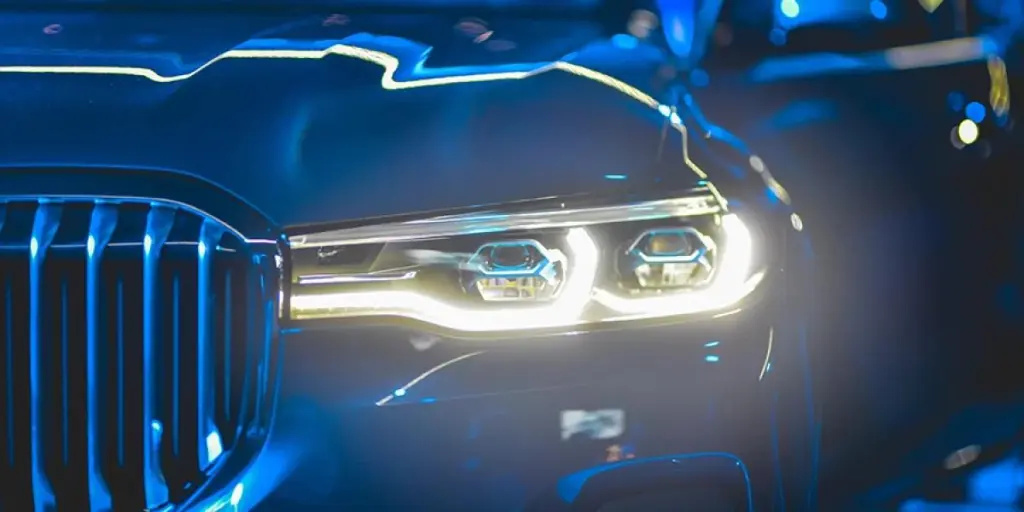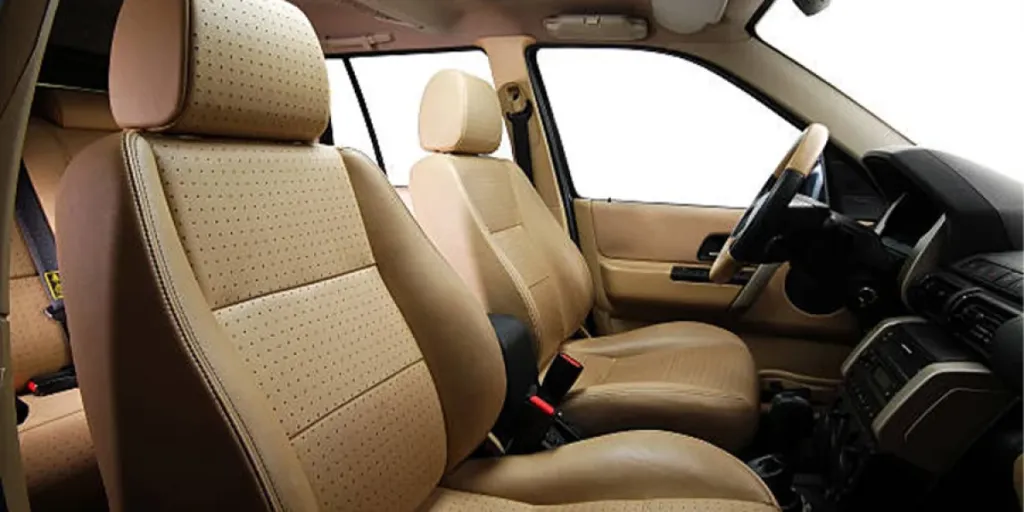Today, many people have taken up racing and are looking for performance vehicles. Whether they are drag racing, off-roading, or looking for performance vehicles, many car enthusiasts are looking into car anti-squat to improve their vehicle’s performance.
Understanding anti-squat will help vehicle owners and mechanics to tune the suspension for better traction and control.
In this article, we will help you understand what anti-squat is, as well as exploring its key benefits, and how it differs from anti-lift and anti-dive. So, let’s get started.
Table of Contents
Understanding anti-squat
Factors influencing the level of anti-squat
How does anti-squat differ from anti-lift and anti-dive?
Benefits and challenges of anti-squat
How to adjust anti-squat
Conclusion
Understanding anti-squat
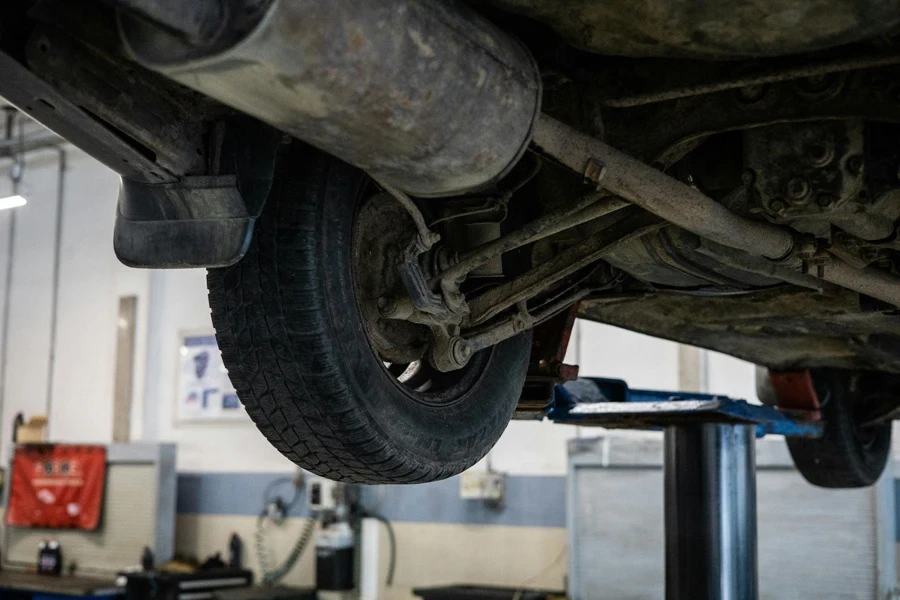
When you press down on the gas pedal in your car, the rear side moves down while the front side lifts up. This is a normal suspension behavior known as a squat. It is mostly seen in drag races with muscle cars. While the front lifting and the rear squatting may look cool, they are not desirable for control or performance.
Anti-squat is a suspension design that counteracts the car’s rear-end compression under acceleration. A car with a well-tuned anti-squat will remain level during acceleration, improving control and stability.
Anti-squat is measured as a percentage. A 100% anti-squat setup means the rear suspension will completely resist squatting. If the setup goes over 100%, the car’s rear end will rise on acceleration.
Factors influencing the level of anti-squat
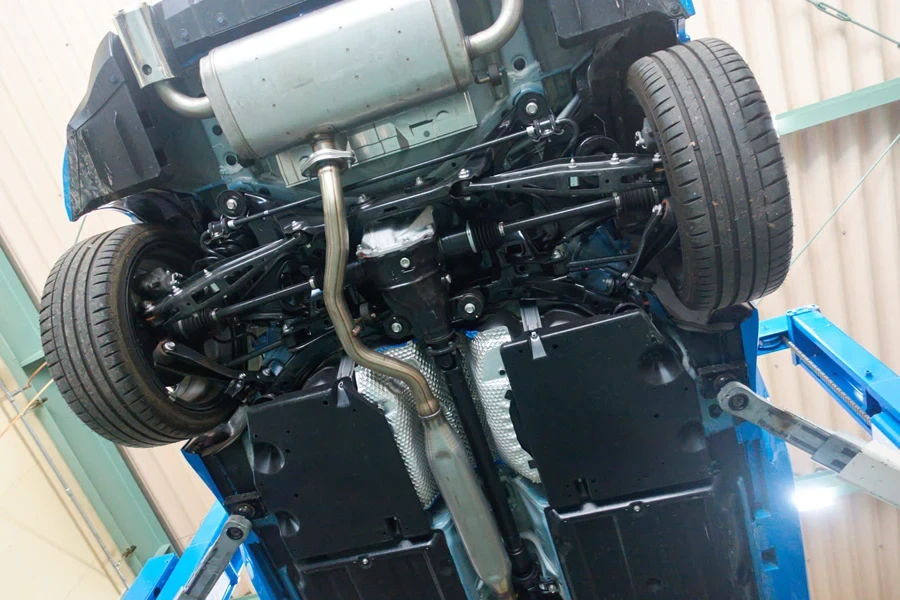
Anti-squat is influenced by the control arm geometry, the height and length of the swing arm, wheelbase, and the height of the center of gravity, which affect the compression of the rear suspension during acceleration.
- Control arm geometry: The control arms connect the wheel to the chassis, and their configuration and design play a major part in determining the level of anti-squat.
- Swing arm height and length: The swing arms are part of the suspension linkage, and their length and height affect the anti-squat percentages.
- Wheelbase: A longer wheelbase results in less squat because the vehicle’s center of gravity is further away from the suspension.
- Center of gravity: A higher center of gravity increases the amount of weight transfer during acceleration. A lower center of gravity reduces the weight transfer, leading to a low squat level.
How does anti-squat differ from anti-lift and anti-dive?
Anti-squat, anti-lift, and anti-dive are collectively referred to as anti-geometry. It is a form of the geometry of the front and rear wheels that changes and controls how a car compresses the springs due to braking conditions, acceleration, and deceleration.
It is a common misconception that anti-geometry affects wheel loading. However, the wheel loading remains the same regardless of the anti-geometry. Anti-geometry only affects the load going through the springs and the car’s pitch attitude.
Anti-dive geometry is the same as anti-squat but for the front wheels under braking conditions. When a vehicle is braking, the braking force acts through the center of gravity and makes the car rotate. Anti-dive prevents the car from diving on braking and stops the front wheels from deflecting due to braking conditions. Anti-dive is also calculated as a percentage and is set at 60% of front braking effort, known as brake bias.
Anti-lift is used on four-wheel drive and front-wheel drive cars. It occurs when an acceleration force acts through the center of gravity, raising the front wheels as the back wheels try to squat. The acceleration force on the center of gravity makes the car pivot, lifting the front wheels, causing the vehicle to lose traction, which can cause them to spin, reducing power understeer.
Benefits and challenges of anti-squat

Anti-squat geometry has several benefits, some of which include the following:
- Improved traction: Anti-squat helps keep the tires on the surface by reducing the rear suspension compression, preventing wheel spins, especially in high-performance vehicles.
- Minimises rear-end squat: Anti-squat helps distribute the weight better, improving vehicle control and preventing the car from feeling sluggish during hard acceleration.
- Boost stability: Drag cars use high anti-squat to transfer weight to the rear wheel for maximum grip, while off-road trucks need anti-squat to maintain traction on bumpy terrains.
While anti-squat has many advantages, it also has a few disadvantages. Some of its challenges include:
- Excess anti-squat can stiffen the rear suspension and resist natural movement, reducing riding comfort on bumpy roads.
- Excessive anti-squat can limit wheel movement in off-road vehicles, causing poor performance.
- High levels of anti-squat can decrease traction on wet and icy roads, reducing the vehicle’s performance during acceleration.
How to adjust anti-squat
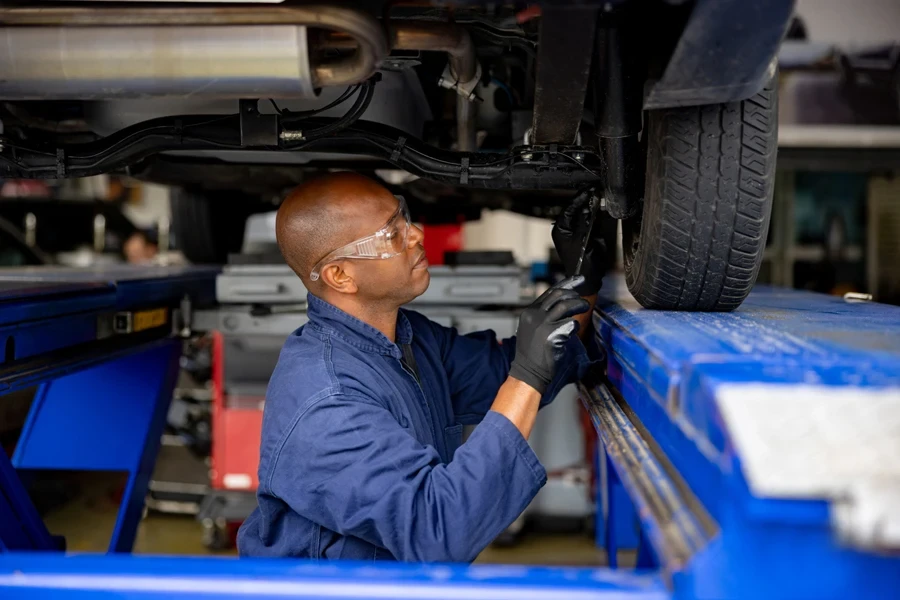
Now that you know what anti-squat is and its benefits, how do you adjust a car’s anti-squat? Here are some adjustments to modify a vehicle’s anti-squat.
- Adjust the angles of the control arms and linkage geometry to shift the center of gravity and change the anti-squat levels.
- Tune your shock absorbers; stiffer shock absorbers can resist a squat, while softer ones allow more squat.
- You can swap the suspension with aftermarket suspension kits to tune the anti-squat. For instance, 4-link and 3-link suspension kit setups provide anti-squat tuning.
Conclusion
Anti-squat is an essential part of suspension tuning that many people overlook. It affects the vehicle’s acceleration, control, and overall driving experience. Knowing how anti-squat works will help you optimize your vehicle’s performance, whether a drag race car, an off-road truck, or a daily-use car.
The right anti-squat setup depends on one’s needs. A well-balanced anti-squat geometry ensures you get the most out of your vehicle, whether it’s improving stability, control, or lap times.

